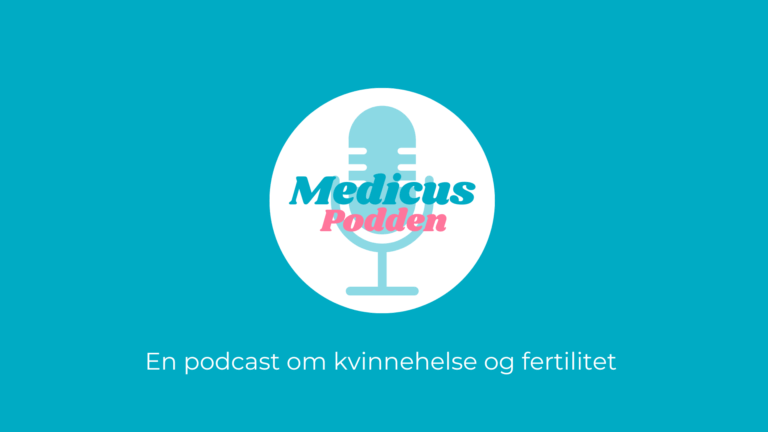RELATERTE ARTIKLER
Fertilitet
•
2 weeks ago
Kosthold og fertilitet
Forskning på kosthold og fertilitet er komplekst, og det er derfor vanskelig å være sikker på årsakssammenheng. Etter en gjennomgang av tilgjengelige...
Fertilitet
•
2 months ago
MedicusPodden – behandling med eggdonasjon
Episodebeskrivelse I dagens episode av Medicuspodden snakker vår fertilitetscoach Mari Fevaag Heger med et par som har en lang IVF-prosess...
Fertilitet
•
6 months ago
– Derfor valgte jeg å fryse eggene mine
For Pia (37) ble eggfrysing en måte å ta tilbake kontrollen på. – Jeg ville ikke at døra skulle lukke...





